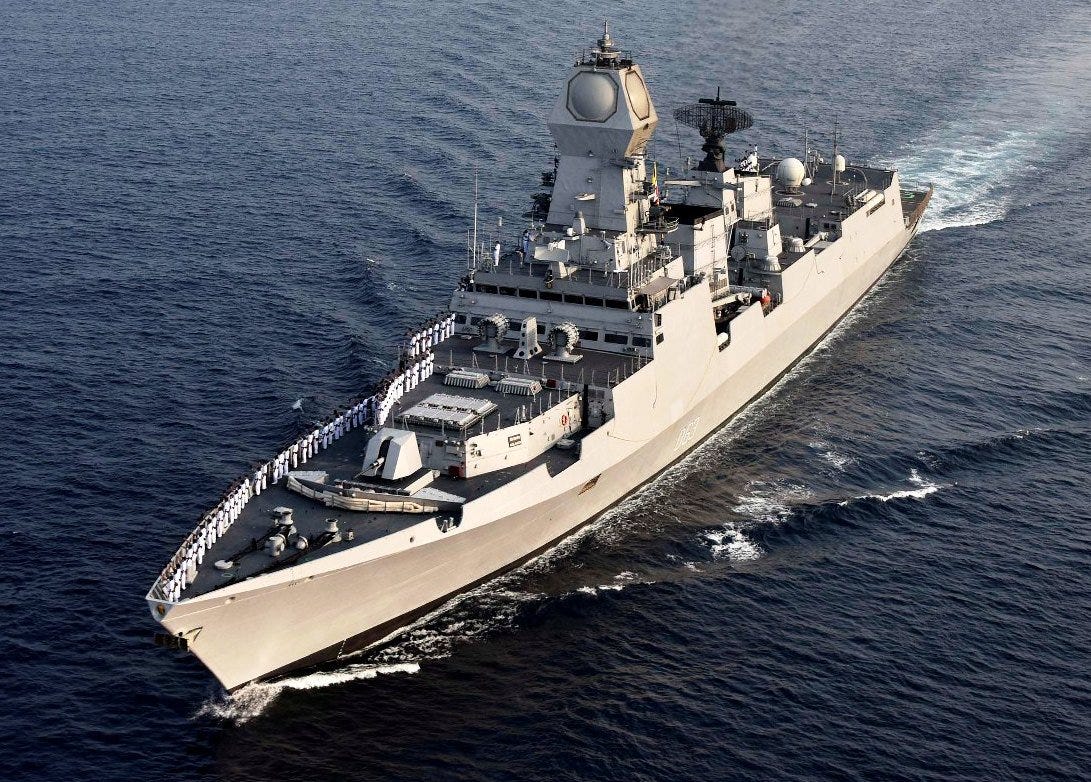You are using an out of date browser. It may not display this or other websites correctly.
You should upgrade or use an alternative browser.
You should upgrade or use an alternative browser.
Minesweepers Elusive, Indian Navy Scouts Underwater Mine-Disposal Bots
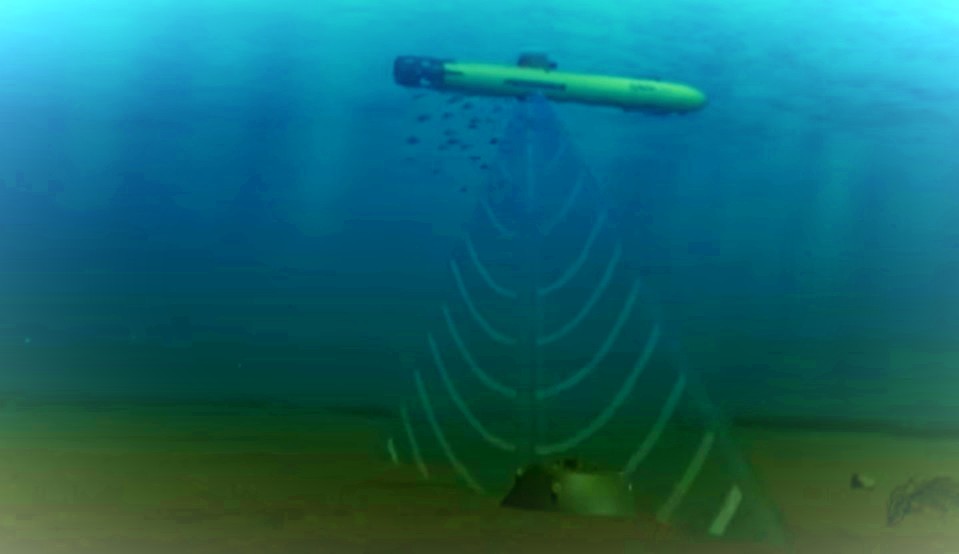
 www.livefistdefence.com
www.livefistdefence.com
The Indian Navy is looking to acquire 10 autonomous underwater vehicles (AUV) geared to detect and actively destroy underwater mines and similar threats. The requirement, published last month, is the latest iteration of a long standing — and so far fruitless — quest for long endurance surveillance AUVs. In this latest quest, the navy’s Special Operations & Diving Directorate has said it is looking for AUVs that are two-man portable, designed for surveillance, identification and explosive ordinance disposal (EOD) at harbour and at sea.
The navy’s request for information (RFI) says it is looking for AUVs that upon identifying mines or underwater improvised explosive devices (IEDs), can then be remotely commanded to fire an explosive shaped charge to detonate and destroy the object. The control console for the AUV, as is standard for such products, needs to be deployable on a rigid inflatable boat, with a 3-km radius of operations.
The threat to harbours has been pronounced for years, and amplified by the Indian Navy’s much larger — and ludicrously meandering — quest for minesweeper ships. A fruitless 15 year effort to acquire a desperately needed dozen mine countermeasure vessels (MCMVs) has hit wall after wall, with an exasperated Indian Navy down to its final pair of ships capable of clearing mines. Last heard, the navy had decided to loosen requirements to make way for a larger competition. While the EOD AUV is a far smaller procurement thrust, it is an unignorable reminder of the Indian Navy’s chronic lack of success in acquiring mine countermeasure assets.
While the new AUV RFI doesn’t restrict responses, Indian industry has unveiled a number of AUV products over the last few years. Apart from DRDO’s AUV offering that’s seen various tests by the Indian Navy, but remains in development, L&T has frequently showcased a family of AUVs (Adamya and Amogh), while IIT Bombay has an active AUV development and proving program called Matsya with sponsors that include the DRDO and American firm Teledyne Technologies. The latter firm is the maker of the GAVIA AUV, a product that has been fielded in the past in NATO underwater EOD exercises in Iceland.
The Indian Navy’s present requirement likely stems from interactions with the US Navy. Since 2016 the Indian Navy has had a first hand look at how the US Navy deploys AUVs in the underwater EOD role at Malabar exercises. Seen in these pictures below from the Malabar 2016 exercise, US Navy personnel are seen using an AUV and a Teledyne VLBV ROV in an EOD demonstration.
The Indian Navy’s quest for AUV assets goes back years, though there have been no major additions of the capability beyond a handful of test specimens deployed across units. In 2018, for instance, the navy announced it was interested in acquiring 15 high endurance AUVs as a first step towards creating an unmanned underwater squadron on the lines of the US Navy’s UUVRON 1. You can read all about that parallel Indian Navy requirement here.
The navy sent out its first feelers for AUVs in 2010. Like several other such campaigns, acquisition priorities have meant AUVs haven’t been contracted in any real numbers. The navy does operate self-propelled underwater reusable targets (the Saab AUV-62) but doesn’t yet deploy AUVs for the crucial ISR role.
If this new attempt to acquire AUVs is seen as another capability accretion effort amidst the military standoff with China, a view of the other side helps. As Livefist reported in 2018, the Chinese military has at its disposal a slew of indigenous AUVs, including the long endurance Qianlong III and Haiyan, said to be part of its underwater ‘great wall’.

Minesweepers Elusive, Indian Navy Scouts Underwater Mine-Disposal Bots - Livefist
The Indian Navy is looking to acquire 10 autonomous underwater vehicles (AUV) geared to detect and actively destroy underwater mines and similar threats. The requirement, published last month, is the latest iteration of a long standing -- and so far fruitless -- quest for long endurance...
The Indian Navy is looking to acquire 10 autonomous underwater vehicles (AUV) geared to detect and actively destroy underwater mines and similar threats. The requirement, published last month, is the latest iteration of a long standing — and so far fruitless — quest for long endurance surveillance AUVs. In this latest quest, the navy’s Special Operations & Diving Directorate has said it is looking for AUVs that are two-man portable, designed for surveillance, identification and explosive ordinance disposal (EOD) at harbour and at sea.
The navy’s request for information (RFI) says it is looking for AUVs that upon identifying mines or underwater improvised explosive devices (IEDs), can then be remotely commanded to fire an explosive shaped charge to detonate and destroy the object. The control console for the AUV, as is standard for such products, needs to be deployable on a rigid inflatable boat, with a 3-km radius of operations.
The threat to harbours has been pronounced for years, and amplified by the Indian Navy’s much larger — and ludicrously meandering — quest for minesweeper ships. A fruitless 15 year effort to acquire a desperately needed dozen mine countermeasure vessels (MCMVs) has hit wall after wall, with an exasperated Indian Navy down to its final pair of ships capable of clearing mines. Last heard, the navy had decided to loosen requirements to make way for a larger competition. While the EOD AUV is a far smaller procurement thrust, it is an unignorable reminder of the Indian Navy’s chronic lack of success in acquiring mine countermeasure assets.
While the new AUV RFI doesn’t restrict responses, Indian industry has unveiled a number of AUV products over the last few years. Apart from DRDO’s AUV offering that’s seen various tests by the Indian Navy, but remains in development, L&T has frequently showcased a family of AUVs (Adamya and Amogh), while IIT Bombay has an active AUV development and proving program called Matsya with sponsors that include the DRDO and American firm Teledyne Technologies. The latter firm is the maker of the GAVIA AUV, a product that has been fielded in the past in NATO underwater EOD exercises in Iceland.
The Indian Navy’s present requirement likely stems from interactions with the US Navy. Since 2016 the Indian Navy has had a first hand look at how the US Navy deploys AUVs in the underwater EOD role at Malabar exercises. Seen in these pictures below from the Malabar 2016 exercise, US Navy personnel are seen using an AUV and a Teledyne VLBV ROV in an EOD demonstration.
The Indian Navy’s quest for AUV assets goes back years, though there have been no major additions of the capability beyond a handful of test specimens deployed across units. In 2018, for instance, the navy announced it was interested in acquiring 15 high endurance AUVs as a first step towards creating an unmanned underwater squadron on the lines of the US Navy’s UUVRON 1. You can read all about that parallel Indian Navy requirement here.
The navy sent out its first feelers for AUVs in 2010. Like several other such campaigns, acquisition priorities have meant AUVs haven’t been contracted in any real numbers. The navy does operate self-propelled underwater reusable targets (the Saab AUV-62) but doesn’t yet deploy AUVs for the crucial ISR role.
If this new attempt to acquire AUVs is seen as another capability accretion effort amidst the military standoff with China, a view of the other side helps. As Livefist reported in 2018, the Chinese military has at its disposal a slew of indigenous AUVs, including the long endurance Qianlong III and Haiyan, said to be part of its underwater ‘great wall’.
Kongsberg Maritime is pleased to announce the sale of four HUGIN AUV systems to the Indian Defence Public Sector shipyard Garden Reach Shipbuilders & Engineers Limited (GRSE), located in Kolkata, India. This sale has been conducted in collaboration with Kongsberg Maritime India, a subsidiary of Kongsberg Maritime.
The purchase, which also includes HiPAP 502 high-accuracy acoustic positioning and communication systems to support AUV operations, will be installed on the four Large Survey vessels currently in build for the Indian Navy. GRSE Chairman and Managing Director Rear Admiral (Ret’d) Vipin Saxena said: “We are pleased and look forward to making use of the HUGIN AUVs from KONGSBERG, which will augment the Indian Navy’s capabilities for coastal and deep-water hydrographic surveys to aid maritime operations, and will act as a force multiplier.”
The AUVs will be supplied with containers and launch and recovery systems, plus training and support.
Kongsberg Maritime is the world leader in deep water AUV systems. Since the first dive in 1993, HUGIN has become the most successful AUV in the deep-water realm, with more kilometres surveyed than any other untethered underwater vehicle. Developed in partnership with FFI – the Norwegian Defence Research Establishment – HUGIN continues to improve with new capabilities, sensors and behaviours being added each year.
“We are honoured to have successfully demonstrated the capability of the system to the Indian Navy and to have them as a returning customer for the HUGIN AUV system,” said Stene Førsund, SVP Sensor and Robotics Sales, Kongsberg Maritime. “Their new HUGIN AUV systems are configured for their needs today and tomorrow with a multi-role capability. We are looking forward to working with GRSE.”
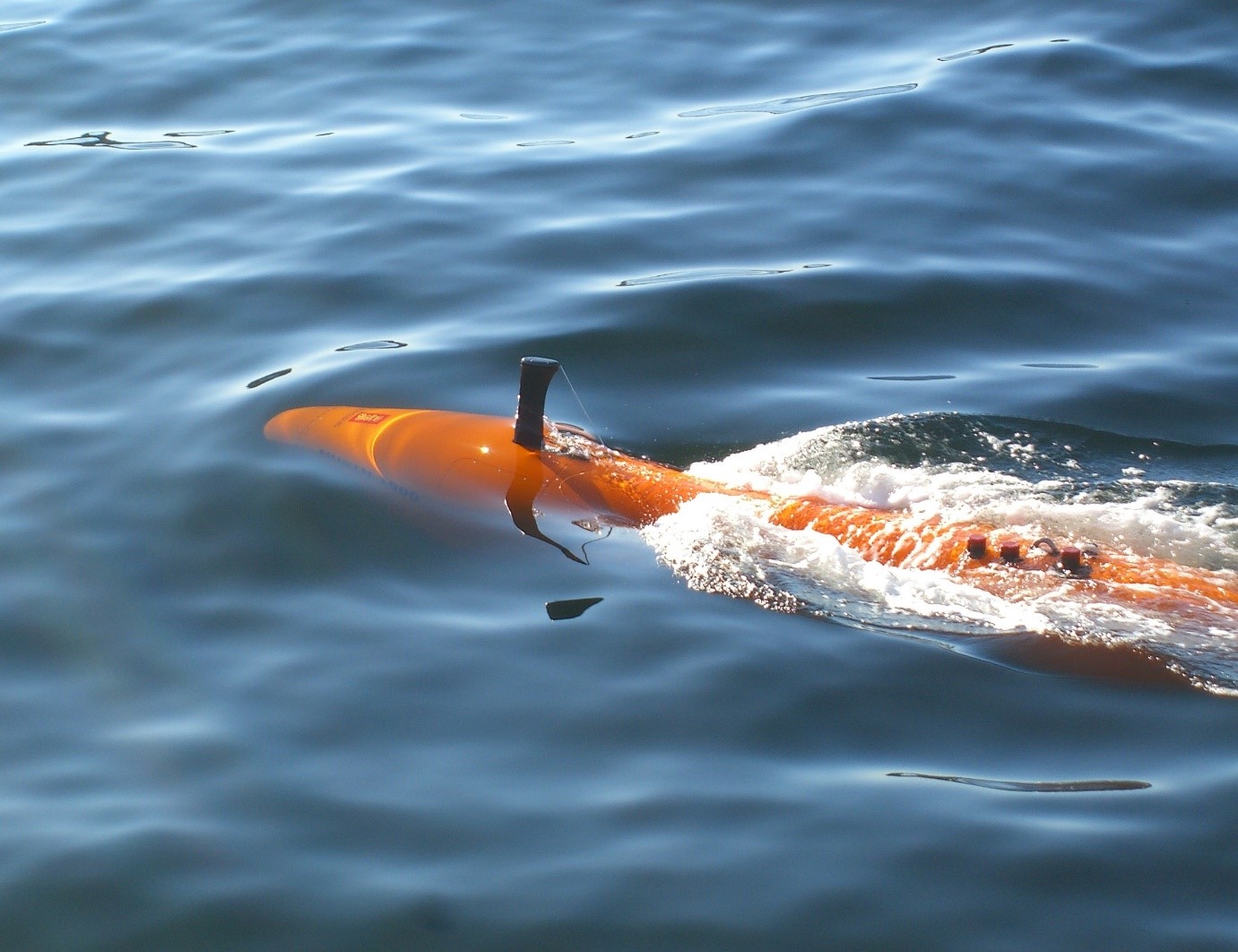
Kongsberg Maritime supply four HUGIN AUV survey systems to Garden Reach Shipbuilders & Engineers Ltd., India
Kongsberg Maritime is pleased to announce the sale of four HUGIN AUV systems to the Indian Defence Public Sector shipyard Garden Reach Shipbuilders & Engineers Limited (GRSE), located in Kolkata, India. This sale has been conducted in collaboration with Kongsberg Maritime India, a subsidiary of...
Indian PSUs and bureaucracy red tapes in the play as usual. Been following this for a while now and nothing changed in the last 2 years.
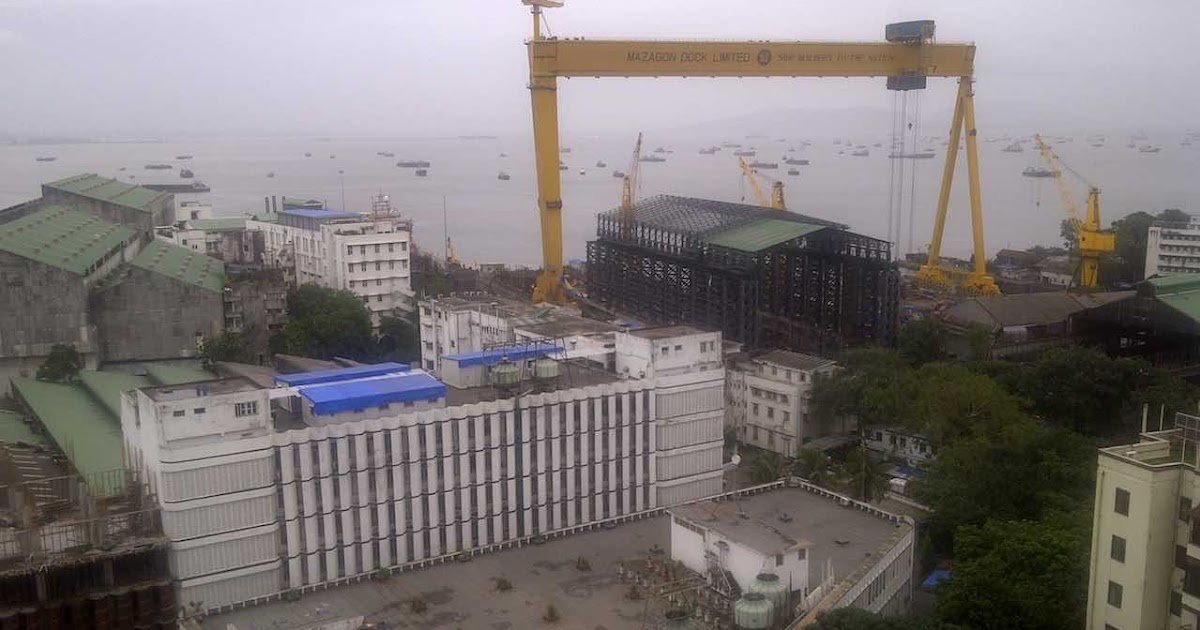
 ajaishukla.blogspot.com
ajaishukla.blogspot.com
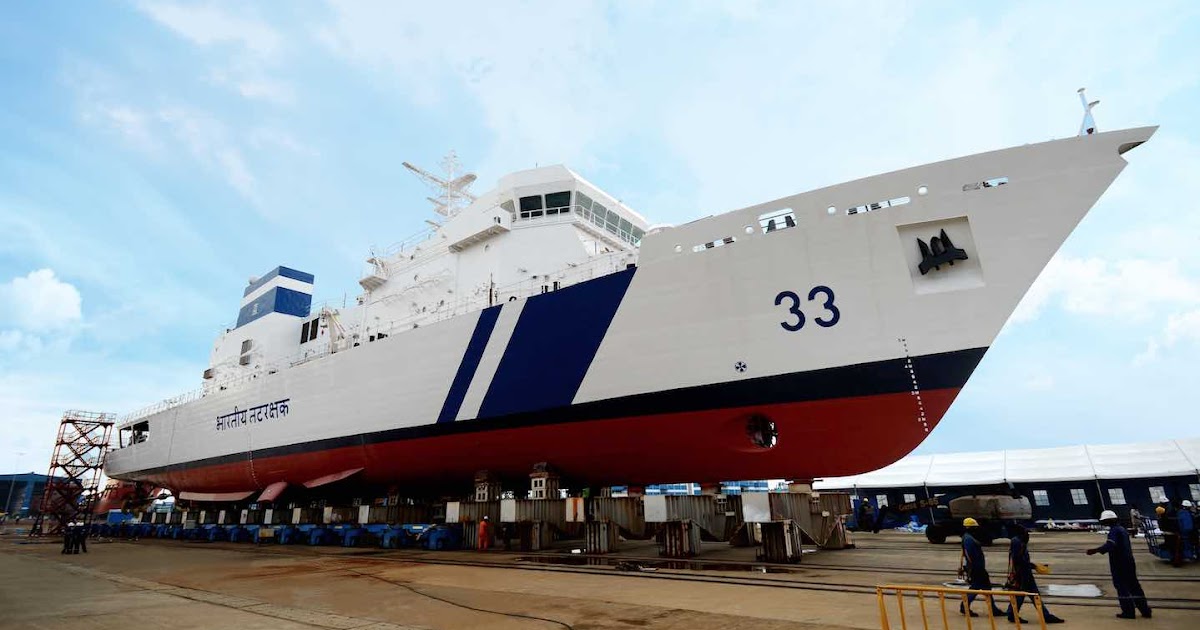
 ajaishukla.blogspot.com
ajaishukla.blogspot.com

Part 1: Public defence shipyards bag 85-95% of warship orders without tendering

Private warship builders live off scraps, while the figures tell the real tale
Basically the argument forwarded was capability acquisition w.r.t shipyard capacity.
Most of India's heavy shipyards (like MDL) are all full/commited to existing classes and future classes.
Thus because of UKR/RUS conflict that occured some years back that lead to their failling out, the krivak class (modern iteration of it) suffered in Russia's case as the propulsion was sourced from Ukraine (and was not delivered for 2 remaining hulls).
Thus Russia and India agreed India could source them relatively cheap and immediately...and India basically approach Ukraine independently for the propulsion package and does the integration and fitting out etc.
As part of this 2 more krivaks (talwars as known in IN) were added (to be built with ToT) so that this particular shipyard (GSL) can also concurrently have opportunity to transition to more medium/heavy category (given it simply did much lighter OPV's and similar tonnage thus far).
There is fine line here in balance (given you are right to bring up Shivalik and also Project 17A opportunity cost by simply investing into GSL to handle one of those two etc)...but IN went for it, deciding it needed some quick capability right away at seemingly good price...and transition GSL capability a bit more slower/steadier etc.
Indian shipyard expansion and capital investments are a longer awry subject of their own.
This is my rough understanding on it summarized off the top of my head, there could be a few errors.
@ANMDT @Dante80 @Joe Shearer @Paro @Gautam @Vergennes @Kartal1 @Chestnut @T-123456 @UkroTurk
That is if we take the wise, mature and balanced decision to build up all arms of our navy at roughly equal speed. To my unwise, immature, and hopelessly unbalanced point of view, we are making a huge mistake, giving aircraft carriers a bit, even if a small bit, of our mind-space long before we have achieved blanket coverage of our coastal, near-shore and offshore defences.
We should be building patrol boats, missile boats, Coast Guard cutters, sloops and corvettes, and the staffing to go with these, long before returning to our favourite frigates and destroyers. There is so much to be done:
- Sea-facing police stations look INLAND, not out to sea; in most cases, they don't have even a row-boat at their disposal. Whatever was given to the Maharashtra Police after the attacks on Bombay are in disrepair, and most of the outboard motor-boats won't float any more.
- If ten terrorists were to slaughter the crew of an Indian fishing boat and make landfall, even within a port, nobody would have a clue about what to do for defence; Bombay at least had a sophisticated urban police force capable of thinking on its feet (after an initial period of shock and paralysis) and of grasping that in their case, life was following art. What would the rural police do in Baripada? Or even in Alibaug?
- If one hundred terrorists were to land, fully armed with Kalashnikovs, the Indian Army would be facing away from them, at right angles in cases, with all their attention on the Pakistan border, or the China border; it is doubtful that even a platoon of foot-soldiers could be summoned to defend the hapless constabulary (just forget about scout cars, armoured cars and armour, or any kind of air support);
- The Coast Guard is scattered along the sea-coasts approximately one micron thick, and are rapidly imitating their counterparts on the India-Bangladesh border in terms of cupidity and graft; there is a disaster waiting to happen, if either the Pakistanis or the Chinese decide to make an aggressive move (in the latter case, it is doubtful; the Chinese THESE DAYS are not known to fight, other than in a Run Run Shaw movie);
- There is nothing to defend our off-shore installations in the Arabian Sea, and less than nothing in the Godavari Basin; the scenario where a Pakistani submarine prowls around these installations is a nightmare waiting to happen;
- All this before any positive attention - any outward looking stance - to the Pakistan side, forget about the Straits of Malacca; Krivak/Talwars? <face palm>.
That is if we take the wise, mature and balanced decision to build up all arms of our navy at roughly equal speed. To my unwise, immature, and hopelessly unbalanced point of view, we are making a huge mistake, giving aircraft carriers a bit, even if a small bit, of our mind-space long before we have achieved blanket coverage of our coastal, near-shore and offshore defences.
We should be building patrol boats, missile boats, Coast Guard cutters, sloops and corvettes, and the staffing to go with these, long before returning to our favourite frigates and destroyers. There is so much to be done:
Sorry to be such an embodiment of doom.
- Sea-facing police stations look INLAND, not out to sea; in most cases, they don't have even a row-boat at their disposal. Whatever was given to the Maharashtra Police after the attacks on Bombay are in disrepair, and most of the outboard motor-boats won't float any more.
- If ten terrorists were to slaughter the crew of an Indian fishing boat and make landfall, even within a port, nobody would have a clue about what to do for defence; Bombay at least had a sophisticated urban police force capable of thinking on its feet (after an initial period of shock and paralysis) and of grasping that in their case, life was following art. What would the rural police do in Baripada? Or even in Alibaug?
- If one hundred terrorists were to land, fully armed with Kalashnikovs, the Indian Army would be facing away from them, at right angles in cases, with all their attention on the Pakistan border, or the China border; it is doubtful that even a platoon of foot-soldiers could be summoned to defend the hapless constabulary (just forget about scout cars, armoured cars and armour, or any kind of air support);
- The Coast Guard is scattered along the sea-coasts approximately one micron thick, and are rapidly imitating their counterparts on the India-Bangladesh border in terms of cupidity and graft; there is a disaster waiting to happen, if either the Pakistanis or the Chinese decide to make an aggressive move (in the latter case, it is doubtful; the Chinese THESE DAYS are not known to fight, other than in a Run Run Shaw movie);
- There is nothing to defend our off-shore installations in the Arabian Sea, and less than nothing in the Godavari Basin; the scenario where a Pakistani submarine prowls around these installations is a nightmare waiting to happen;
- All this before any positive attention - any outward looking stance - to the Pakistan side, forget about the Straits of Malacca; Krivak/Talwars? <face palm>.
Yup I have little to add...you are bang on the button here given India's actual security scenario and its lopsided approach in addressing it.
There was a significant lapse in SIGINT handling as well for the Mumbai Terror Attack, it still makes my blood curdle when I read various accounts of all of that, like it does with how the ball was dropped for 9/11 in US case (especially given their capability in this domain).
With India case, you probably know better than anyone else here how its somewhat a lackadaisical approach of apeing/mirroring what other systems of the world do for security/defense development/acquisition and deployment when it really should be far more optimised specifically to what India actually needs for its very precise scenario that exists no where else in world. Especially with context to India's size, potential and neighbourhood problem, 2 neighbours with nuclear weapons and 1 having a severe raw festering grudge crystallized in the "cabal" I keep bringing up in a few threads emboldened to evil by this MAD deterrent given it is not accountable to its people.
Thus India really cannot afford to spend the same approach other countries of note use...and get array of neat circle pegs that look good for brochuring and higher level conventional deterrence, but find only some are circle holes but many squares too in reality for fundamental aims of a defence force on socialised citizen expense. It needs to get that optimisation far better (no ones going to be perfect at it) and as you have said....much remains to be done on that.
Why don't they give the coastal security to the state governments like policing ?
That is if we take the wise, mature and balanced decision to build up all arms of our navy at roughly equal speed. To my unwise, immature, and hopelessly unbalanced point of view, we are making a huge mistake, giving aircraft carriers a bit, even if a small bit, of our mind-space long before we have achieved blanket coverage of our coastal, near-shore and offshore defences.
We should be building patrol boats, missile boats, Coast Guard cutters, sloops and corvettes, and the staffing to go with these, long before returning to our favourite frigates and destroyers. There is so much to be done:
Sorry to be such an embodiment of doom.
- Sea-facing police stations look INLAND, not out to sea; in most cases, they don't have even a row-boat at their disposal. Whatever was given to the Maharashtra Police after the attacks on Bombay are in disrepair, and most of the outboard motor-boats won't float any more.
- If ten terrorists were to slaughter the crew of an Indian fishing boat and make landfall, even within a port, nobody would have a clue about what to do for defence; Bombay at least had a sophisticated urban police force capable of thinking on its feet (after an initial period of shock and paralysis) and of grasping that in their case, life was following art. What would the rural police do in Baripada? Or even in Alibaug?
- If one hundred terrorists were to land, fully armed with Kalashnikovs, the Indian Army would be facing away from them, at right angles in cases, with all their attention on the Pakistan border, or the China border; it is doubtful that even a platoon of foot-soldiers could be summoned to defend the hapless constabulary (just forget about scout cars, armoured cars and armour, or any kind of air support);
- The Coast Guard is scattered along the sea-coasts approximately one micron thick, and are rapidly imitating their counterparts on the India-Bangladesh border in terms of cupidity and graft; there is a disaster waiting to happen, if either the Pakistanis or the Chinese decide to make an aggressive move (in the latter case, it is doubtful; the Chinese THESE DAYS are not known to fight, other than in a Run Run Shaw movie);
- There is nothing to defend our off-shore installations in the Arabian Sea, and less than nothing in the Godavari Basin; the scenario where a Pakistani submarine prowls around these installations is a nightmare waiting to happen;
- All this before any positive attention - any outward looking stance - to the Pakistan side, forget about the Straits of Malacca; Krivak/Talwars? <face palm>.
Why don't they give the coastal security to the state governments like policing ?
LOL.
They did.
Go to Maharashtra and check the following:
- Number of outboard motor-boats in working condition;
- Number of outboard motors in working condition;
- Amount of petrol or diesel available; issued during the last 12 months;
- Number of patrols made by the staff;
- Number of staff committed by the state to these duties............

Mazagon Dock Shipbuilders pares some gains, settles 19% up on debut
The IPO of Mazagon Dock, which was open for bidding from September 29-October 1, was subscribed a whopping 157.41 times, and witnessed the highest ever interest in a PSU IPO.
As of July 2020, the company's order book for shipbuilding and submarines and heavy engineering was Rs 54,074 crore comprising three major shipbuilding projects and two submarine projects.
(more at link)
@Nilgiri why does Indian Navy uses heavy torpedo instead of light 324mm one??
@Nilgiri why does Indian Navy uses heavy torpedo instead of light 324mm one??
Past the heavy torpedo's larger warhead + envelope (and thus role this plays in what you feel are likeliest seek to target with ships you have and doctrine you develop that way w.r.t say heli or MPA ASW):
I believe this was also mostly due to change from British-lineage ships (324 mm whitehead legacy etc. with also original local Indian version) to Soviet ones (533 mm standard) that happened over course of cold war and post-cold war for IN.
Thus the munitions bought and stockpiled and bought are massively oriented to 533 mm...(along with usual heritage, logistics and doctrine experience developed) so it influences even the new designs of ships...esp given India now has varunastra heavy torpedo (533mm) locally made option now that IN has commenced to acquire and deploy.
324mm is making a comeback with Shyena (Indian navy already acquired some and has also sold some to Myanmar)....but let us see how and where it is deployed.
@ANMDT
And old habits die hard, sometimes you only need to wait for some aged admirals to retire, so new generation replaces them and intends to try something new they are acquainted themselves with - some might call this doctrine but i differ these by stubbornness.Past the heavy torpedo's larger warhead + envelope (and thus role this plays in what you feel are likeliest seek to target with ships you have and doctrine you develop that way w.r.t say heli or MPA ASW):
I believe this was also mostly due to change from British-lineage ships (324 mm whitehead legacy etc. with also original local Indian version) to Soviet ones (533 mm standard) that happened over course of cold war and post-cold war for IN.
Thus the munitions bought and stockpiled and bought are massively oriented to 533 mm...(along with usual heritage, logistics and doctrine experience developed) so it influences even the new designs of ships...esp given India now has varunastra heavy torpedo (533mm) locally made option now that IN has commenced to acquire and deploy.
324mm is making a comeback with Shyena (Indian navy already acquired some and has also sold some to Myanmar)....but let us see how and where it is deployed.
@ANMDT
Army is conservative in all matters, and Navy is even further.
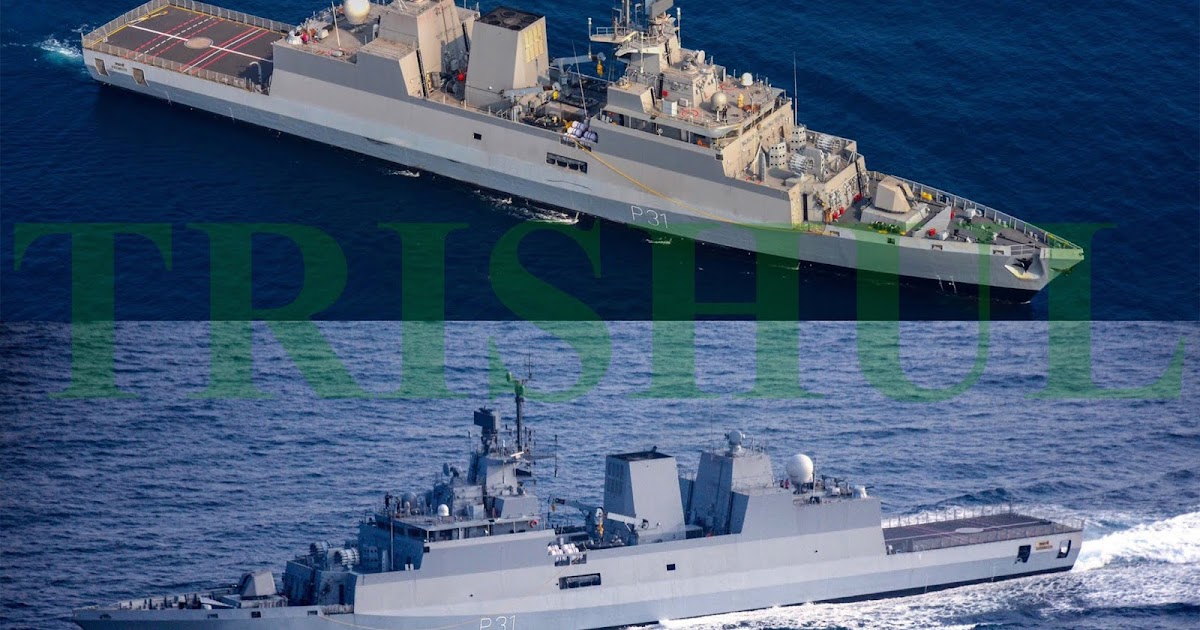
Indigenous Warship Construction: Laudable Objective, But Unsustainable Practice
While indigenisation of the design, development and construction of naval principal surface combatants is a laudable objective, it is the ap...
While indigenisation of the design, development and construction of naval principal surface combatants is a laudable objective, it is the apex-level project management of successive warship construction projects that has consistently, since the late 1990s, serve to sabotage the laudatory objectives, with no tangible changes being expected for future domestic warship construction projects as well.
(Long article of good depth at link)
===============
Conclusion: Project management in (esp public) Indian defence sector is quite atrocious still.
We could have gotten extra ships or extra RnD with the cost and time overrun amounts due to this decrepit management (same goes for other branches).
Reading this I see just level of things I take for granted here in Canada/West tbh.
This is part of reason China churns out at far larger rate sustainably, they have obviously invested in and developed sound project management (past the capacity itself)...we are well behind and need a big kick up rear to kick into gear.
@Paro @Joe Shearer @Gautam @ANMDT @#comcom @T-123456 @Test7 @crixus @kaykay @Milspec et al.
I was about to ask this several times, but looking at Indian destroyers and frigates i have a sense of "Russian" ecole, i know this doesn't apply to electronics and sensors, but overall shape and arrangement is such, any particular reasons for that?


